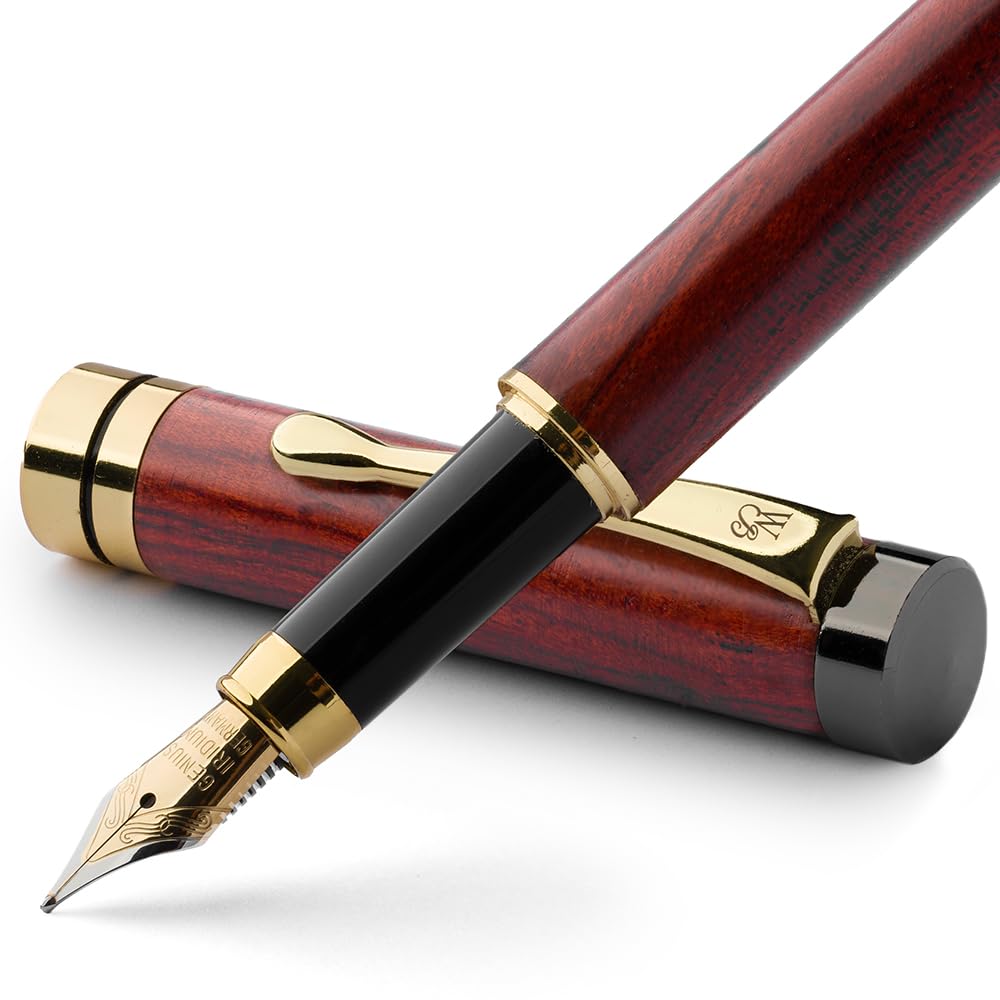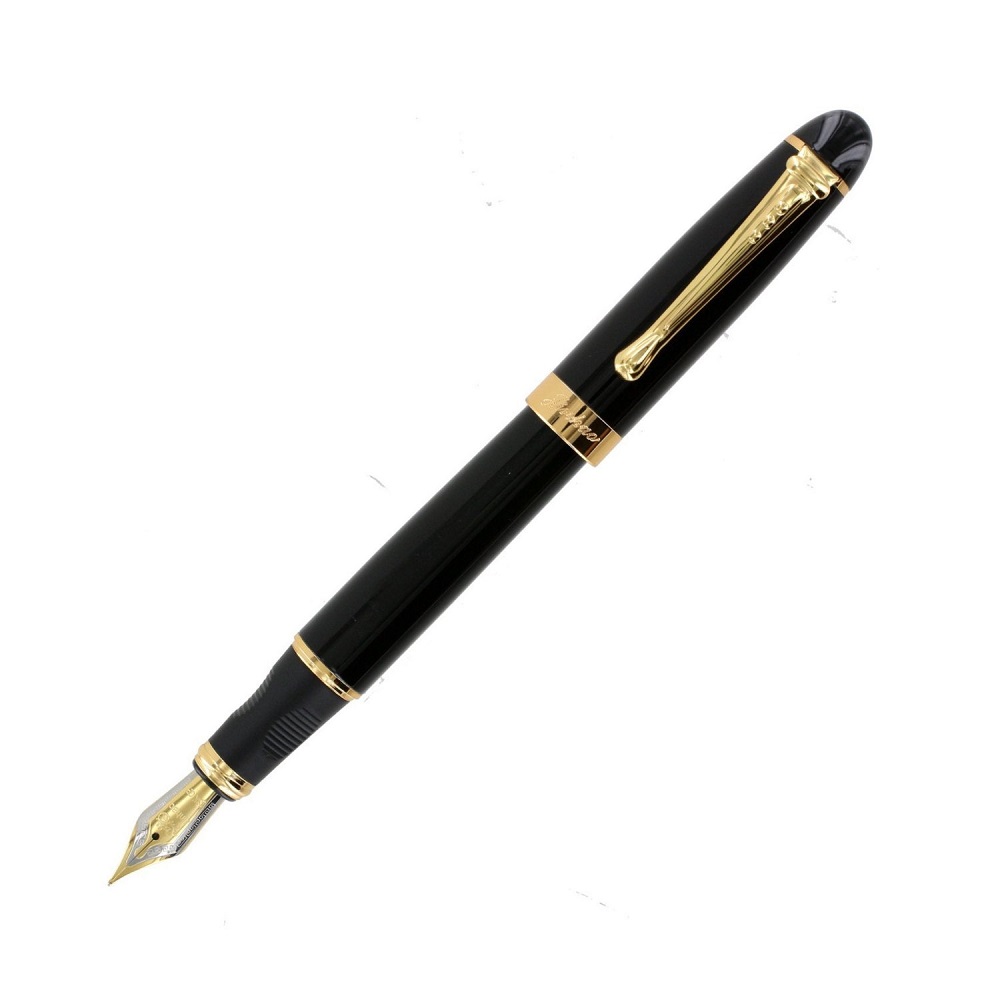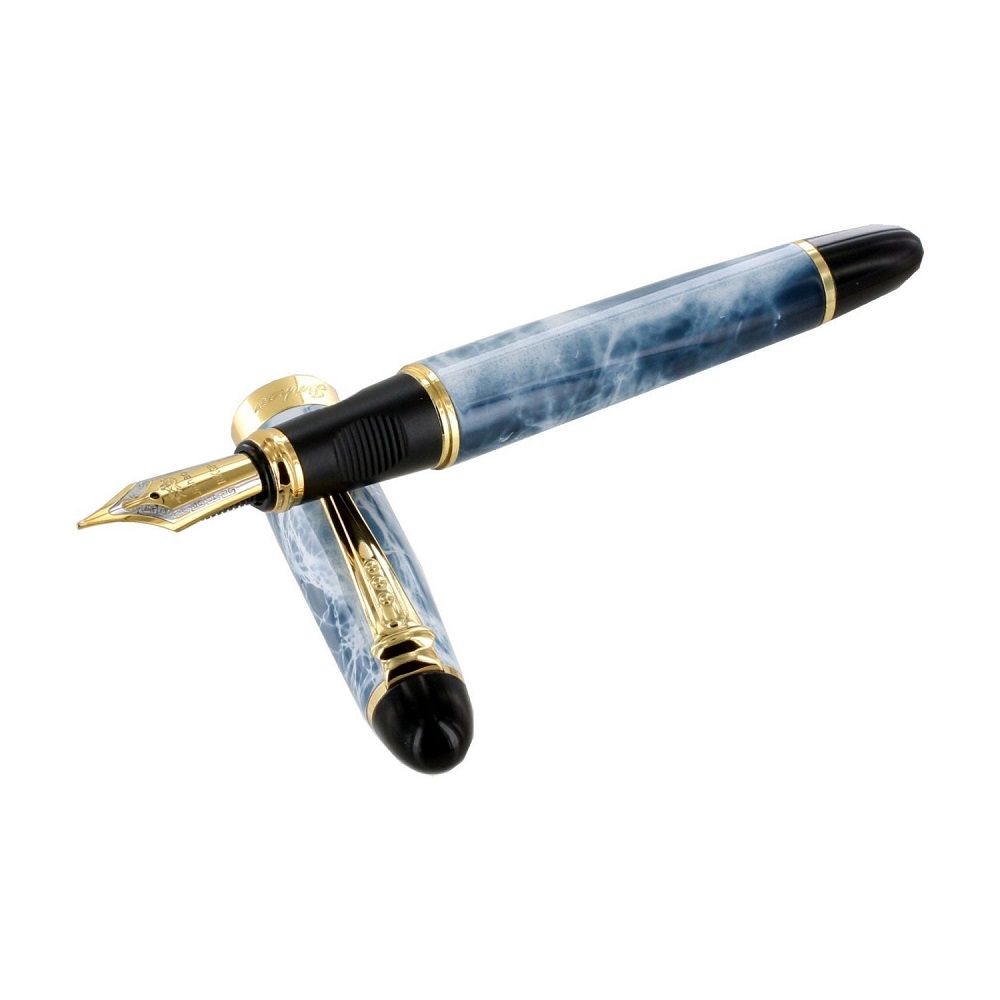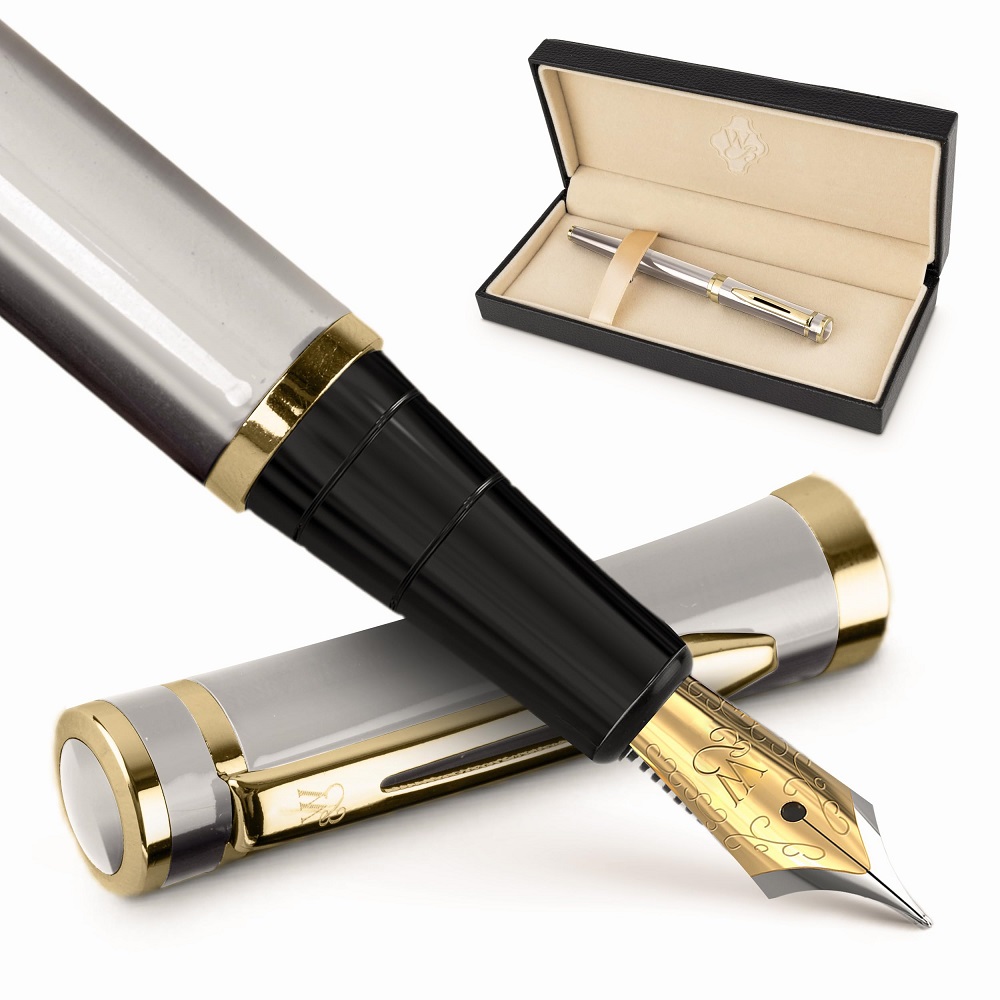Ink pens have been revered for centuries as tools of expression and elegance. Whether you use a fountain pen, rollerball, or ballpoint, proper care and maintenance will ensure your writing instrument performs beautifully over time. Understanding how to maintain and refill your pen can enhance your writing experience and prolong the life of your instrument. This guide provides essential tips on caring for your ink pen, keeping it in peak working condition while ensuring smooth and consistent writing.
Understanding Your Ink Pen
Types of Ink Pens
Before diving into maintenance, it’s essential to recognize the different types of ink pens available. Fountain pens are known for their intricate design and fluid writing experience. They use liquid ink and feature a nib that can offer a variety of line widths. On the other hand, rollerball pens use water-based ink and deliver a smoother writing experience, while ballpoint pens utilize a thicker oil-based ink that dries quickly. Understanding your specific pen type will guide your care and maintenance routines, as each type has unique requirements.
Components of an Ink Pen
Familiarizing yourself with the various components of your pen will help you care for it effectively. A basic ink pen typically consists of a nib, feed, ink reservoir, and grip. Each of these elements plays a critical role in the pen’s functionality. For instance, the nib affects the writing experience, while the ink reservoir determines how often you need to refill. Knowing these components allows you to perform targeted maintenance and promptly address any issues that arise.

Regular Cleaning Practices
Why Cleaning Is Essential
Cleaning your ink pen regularly is crucial for maintaining optimal performance. Over time, ink residue can build up, clogging the nib and affecting the flow of ink. Particularly in fountain pens, dried ink can lead to unpleasant writing experiences, including skipping or scratchy lines. Regular cleaning prevents build-up and maintains the ink reservoir’s integrity, ensuring an uninterrupted flow of ink during use.
Cleaning Techniques
Different pens require various cleaning methods. For fountain pens, disassemble the pen by removing the barrel and nib section. Flush the nib and feed with warm water to remove dried ink. For rollerball and ballpoint pens, you can wipe the tip with a damp cloth to remove ink residue. Always consult your pen’s manufacturer guidelines for specific cleaning recommendations. A consistent cleaning routine, even for pens that see less frequent use, can prevent many common ink-related issues.
Refilling Your Ink Pen
Recognizing When to Refill
Understanding when to refill your pen is critical for seamless writing. Most pens feature an ink window that shows the remaining ink level, allowing you to anticipate when a refill is necessary. Additionally, if you notice skipping or inconsistent ink flow, it may indicate that your pen is running low on ink. Keeping track of your refill schedule prevents sudden interruptions, ensuring you’re always prepared for writing tasks.
Refilling Methods
Each type of ink pen has a different refilling method. Fountain pens often use ink cartridges or converters. To refill, simply replace the used cartridge with a new one or use a converter to draw ink from a bottle. Rollerball pens generally use refillable ink cartridges designed specifically for that pen. When replacing the cartridge, ensure you dispose of the used one responsibly. Ballpoint pens typically use a simple ink refill that screws or clicks into place. Follow the manufacturer’s instructions for the smoothest refilling experience.

Proper Storage Techniques
Ideal Conditions for Ink Pens
How you store your ink pen influences its lifespan. Keep your pen in a cool, dry place away from direct sunlight to prevent the deterioration of the materials. Excessive heat can cause ink to dry up or become too viscous, affecting flow. It’s also a good idea to store the pen horizontally, particularly for fountain pens, to keep the ink evenly distributed and prevent leaks.
Using Pen Cases and Holders
Consider investing in a stylish pen case or holder. This not only protects the pen from scratches or impacts but also keeps multiple pens organized. Choosing a case lined with soft material can prevent damage during transport. With proper storage solutions, your ink pen will remain in excellent condition, ensuring it’s always ready when you need it.

Addressing Common Issues
Inconsistent Ink Flow
One of the most common issues with ink pens is inconsistent ink flow. This can be frustrating during writing and often occurs due to dried ink or a clogged nib. If you experience this problem, first try cleaning the nib as described in the cleaning techniques section. If cleaning doesn’t resolve the issue, consider soaking the nib in warm water for several hours to dissolve any remaining ink residue.
Skipping and Scratchy Writing
If your pen starts to skip or feel scratchy while writing, there are a few troubleshooting steps you can take. First, ensure that the nib is clean and free of any debris. A gentle touch can sometimes help realign a slightly misaligned nib, ensuring better contact with the paper. Writing on different surfaces can also affect how the pen interacts with the paper; using higher-quality paper designed for ink pens can often improve the writing experience.

Maintaining the Nib
Regular Nib Inspections
The nib is arguably one of the most vital components of your ink pen. Regularly inspect it for any signs of wear or damage. Small cracks or bends can significantly affect how the pen writes. If you notice any issues, consider taking your pen to a professional for repair or replacement. Regular maintenance checks will help you catch problems early and ensure long-lasting performance.
Nib Adjustments and Upgrades
Some advanced users may consider nib adjustments or upgrades. Professional nib tuning can enhance the performance of your pen, allowing it to glide smoothly across various paper types. Many manufacturers offer different nib sizes or materials, allowing you to customize your writing experience. While this might require a bit of investment, it could be worthwhile for those who frequently engage in writing.
Understanding Ink Choices
Types of Ink
Being aware of the various types of ink can enhance your writing experience significantly. Fountain pen ink comes in an array of colors and formulations, including pigment-based and dye-based inks. Pigment-based inks are more resistant to fading and water, making them an excellent choice for archival purposes. Rollerball pens typically use water-based inks, which provide smooth writing but can smudge if not allowed to dry. Ballpoint pens use oil-based inks that dry quickly and offer durability, albeit sometimes at the expense of flow. Choose an ink type that aligns with your writing style and purpose for best results.
Experimenting with Colors
Don’t hesitate to explore different colors and ink properties. Color variations can inspire creativity and make your journaling or note-taking activities more enjoyable. Consider trying out shimmer or metallic inks for special occasions or artistic projects. Experimenting with different inks and papers can lead to discovering new writing styles and preferences, making the writing process more fulfilling.

Choosing the Right Paper
Impact of Paper Quality
The type of paper you use can have a significant impact on your writing experience. Poor-quality paper can lead to feathering, bleeding, or bleeding through, especially when using fountain pens. Opt for papers specifically designed for ink pens, which often have a smoother finish and higher weight, reducing these issues. Specialty papers, such as those meant for calligraphy or journaling, allow the ink to sit beautifully on the surface, enhancing your writing quality. Investing in good paper elevates your overall experience, making each writing session enjoyable and satisfying.
Experimenting with Paper Textures
Don’t hesitate to experiment with different textures and types of paper. Some papers have a toothy surface that provides a tactile feedback when writing, while others are ultra-smooth for a more effortless glide. Using textured paper can add character to your handwriting and may inspire more creative expression. Journaling, creative writing, or even note-taking can feel fresh and engaging when paired with the right paper. Documenting your thoughts on beautifully crafted paper can enhance the joy of writing and make your notes or letters treasures to cherish.
Conclusion
Taking care of your ink pen can significantly enhance its performance and longevity, providing you with a smoother writing experience. Regular cleaning, proper refilling, and appropriate storage are essential components of pen care. Understanding your specific pen type, addressing common issues, and exploring ink choices enriches your writing journey.
Investing time in the maintenance of your ink pen not only prolongs its life but also enhances the joy of writing. Whether you are a casual note-taker or a passionate lettering enthusiast, your writing instrument deserves to be treated with care and respect. By adopting these practices, you can ensure that your ink pen is always ready to help you express your thoughts, ideas, and creativity with every stroke. Enjoy the art of writing!
